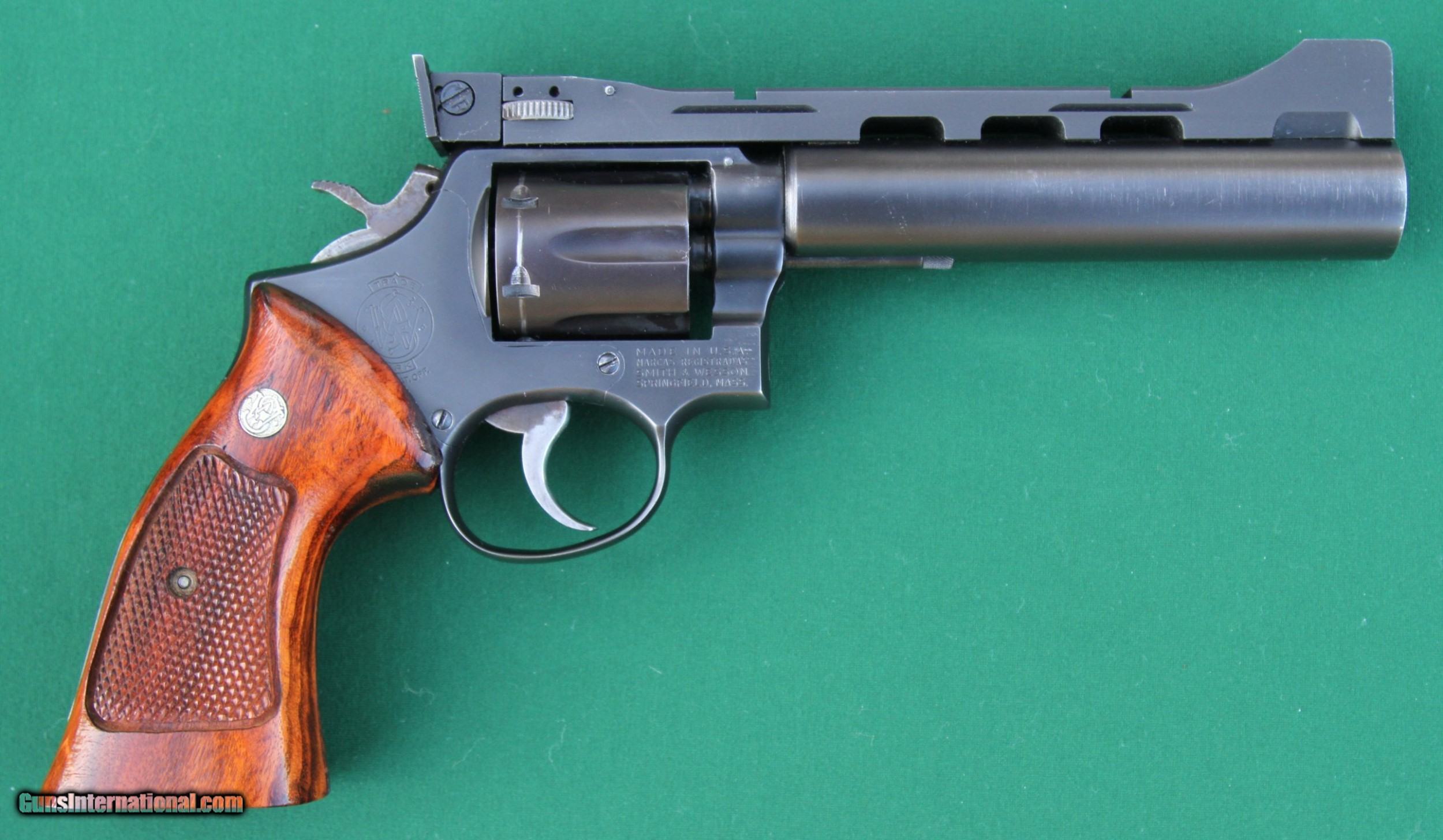

357 Mag “Registered Magnum” of 1935, these stocks improved the handling of the M&P revolvers when added during the postwar years. Originally created for harder-kicking guns like the. S&W’s “Magna” stocks, upswept toward the horn at the back of the grip frame, distributed recoil more comfortably to the web of the hand. The post-WWII years saw subtle changes in the action mechanism, with S&W going to a shorter version, which inevitably resulted in collectors calling the older models “long action” guns.


RELATED: Smith & Wesson M&P Combo Training All of those WWII guns were known as Victory Models, made quickly with smooth walnut stocks instead of S&W’s usual fine checkering, and with gray Parkerized finishes instead of the lustrous commercial blue that characterized an American cop’s or citizen’s S&W M&P. Bush, later to become President of the U nited States, was carrying one when he was shot down in the Pacific during that conflict.) Before WWII was over, S&W also manufactured more than a half-million M&Ps for the British chambered in. Throughout World War II, the company manufactured a huge number of them in. M&P Warriors “The military & police was and is extremely accurate 1-inch groups with the best ammunition at 25 yards are more norm than exception.”īy 1942, Smith & Wesson would produce its millionth M&P revolver. By 1915, there was a snubnose version with a 2-inch barrel. A square butt was added at the same time, which would be the most popular configuration. It didn’t have a locking lug at the front of the ejector rod, but that was added in 1902 with the Second Model. The First Model, as collectors know it now, had a round butt. That would be its primary caliber from then on, and the M&P revolver would be largely responsible for the huge and enduring popularity of the. 38 Long Colt, Smith & Wesson’s Military & Police would soon be the first revolver chambered for the. Introduced in 1899 as the Hand Ejector in calibers.


 0 kommentar(er)
0 kommentar(er)
